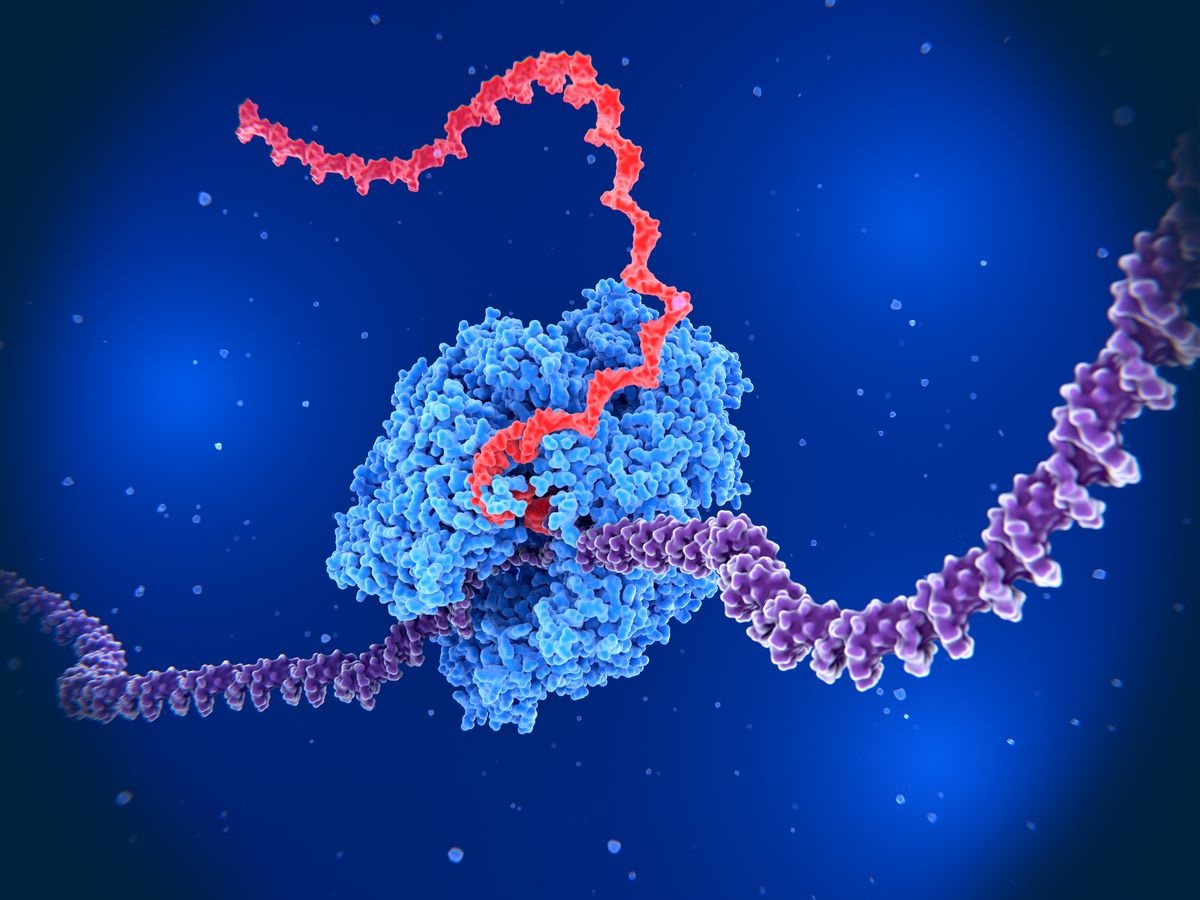
Alternative splicing is a fascinating process in genetics where a single gene can produce multiple proteins. But what exactly is alternative splicing? In simple terms, it's like a recipe book where one recipe can be tweaked to create different dishes. This process allows cells to use the same DNA sequence to make various proteins, each with unique functions. Why is this important? It plays a crucial role in development, adaptation, and even disease. For instance, alternative splicing can influence how our bodies respond to stress or how certain diseases, like cancer, develop. Understanding this process can lead to breakthroughs in medicine and biotechnology. Ready to learn more? Let's dive into 27 intriguing facts about alternative splicing!
What is Alternative Splicing?
Alternative splicing is a process where a single gene can lead to multiple proteins. This happens when different segments of RNA are combined in various ways. Here are some intriguing facts about this fascinating biological process.
-
Gene Expression Diversity: Alternative splicing allows a single gene to produce multiple proteins, increasing the diversity of proteins without needing more genes.
-
Human Genome: Around 95% of human genes undergo alternative splicing, making it a crucial mechanism for protein diversity.
-
Exons and Introns: Genes consist of exons (coding regions) and introns (non-coding regions). During splicing, introns are removed, and exons are joined together.
-
Spliceosome: This complex molecular machine is responsible for removing introns and joining exons. It consists of small nuclear RNAs (snRNAs) and proteins.
-
Types of Alternative Splicing: There are several types, including exon skipping, mutually exclusive exons, alternative 5' splice sites, and alternative 3' splice sites.
Importance in Evolution
Alternative splicing plays a significant role in evolution by allowing organisms to adapt and evolve without changing their DNA sequence.
-
Evolutionary Advantage: It provides an evolutionary advantage by enabling organisms to produce a variety of proteins from a limited number of genes.
-
Species-Specific Proteins: Different species can produce unique proteins from the same gene, contributing to species diversity.
-
Gene Regulation: It allows for complex gene regulation, enabling organisms to respond to environmental changes more effectively.
-
Protein Function: Alternative splicing can alter the function of proteins, allowing for more specialized roles in different tissues or stages of development.
-
Adaptive Evolution: It facilitates adaptive evolution by allowing rapid changes in protein function without altering the underlying DNA sequence.
Medical Relevance
Understanding alternative splicing has significant implications for medicine, particularly in understanding and treating diseases.
-
Cancer: Abnormal splicing patterns are often found in cancer cells, making it a potential target for cancer therapy.
-
Genetic Disorders: Many genetic disorders are caused by mutations that affect splicing, leading to the production of faulty proteins.
-
Therapeutic Targets: Splicing factors and mechanisms can be targeted for developing new therapies for various diseases.
-
Biomarkers: Abnormal splicing patterns can serve as biomarkers for diagnosing diseases and monitoring treatment responses.
-
Drug Development: Understanding splicing mechanisms can aid in the development of drugs that correct splicing errors.
Technological Advances
Advancements in technology have greatly enhanced our understanding of alternative splicing.
-
RNA Sequencing: High-throughput RNA sequencing has revolutionized the study of splicing by allowing researchers to analyze splicing patterns on a genome-wide scale.
-
CRISPR-Cas9: This gene-editing technology can be used to study the effects of specific splicing events by creating targeted mutations.
-
Bioinformatics: Computational tools and algorithms are essential for analyzing large datasets and predicting splicing patterns.
-
Single-Cell Analysis: Single-cell RNA sequencing allows researchers to study splicing events in individual cells, providing insights into cellular diversity.
-
Splicing Databases: Public databases like Ensembl and UCSC Genome Browser provide valuable resources for studying splicing patterns and their implications.
Future Prospects
The study of alternative splicing holds great promise for future scientific and medical advancements.
-
Personalized Medicine: Understanding individual splicing patterns can lead to personalized treatments tailored to a person's genetic makeup.
-
Gene Therapy: Advances in gene therapy could potentially correct splicing defects at the genetic level, offering cures for certain genetic disorders.
-
Synthetic Biology: Researchers are exploring ways to engineer synthetic splicing systems to create novel proteins with desired functions.
-
Aging: Changes in splicing patterns are associated with aging, and understanding these changes could lead to interventions that promote healthy aging.
-
Neurodegenerative Diseases: Abnormal splicing is implicated in neurodegenerative diseases like Alzheimer's and Parkinson's, making it a target for research and therapy.
-
Immune System: Splicing plays a role in the immune system, and understanding these mechanisms could lead to new immunotherapies.
-
Agriculture: In plants, alternative splicing can affect traits like growth and stress response, offering potential applications in agriculture and crop improvement.
The Final Word on Alternative Splicing
Alternative splicing is a game-changer in genetics. It allows a single gene to produce multiple proteins, adding complexity to our biology. This process is crucial for development, adaptation, and even disease mechanisms. Understanding it opens doors to new treatments and therapies. Scientists are still uncovering its mysteries, but what we know so far is groundbreaking. From its role in evolution to its impact on health, alternative splicing is a key player in the genetic orchestra. Keep an eye on this field; it's evolving fast and promises exciting discoveries. Whether you're a student, researcher, or just curious, knowing about alternative splicing enriches your understanding of life itself. So next time you think about genes, remember they’re not just static blueprints—they’re dynamic, versatile, and full of surprises.
Was this page helpful?
Our commitment to delivering trustworthy and engaging content is at the heart of what we do. Each fact on our site is contributed by real users like you, bringing a wealth of diverse insights and information. To ensure the highest standards of accuracy and reliability, our dedicated editors meticulously review each submission. This process guarantees that the facts we share are not only fascinating but also credible. Trust in our commitment to quality and authenticity as you explore and learn with us.
